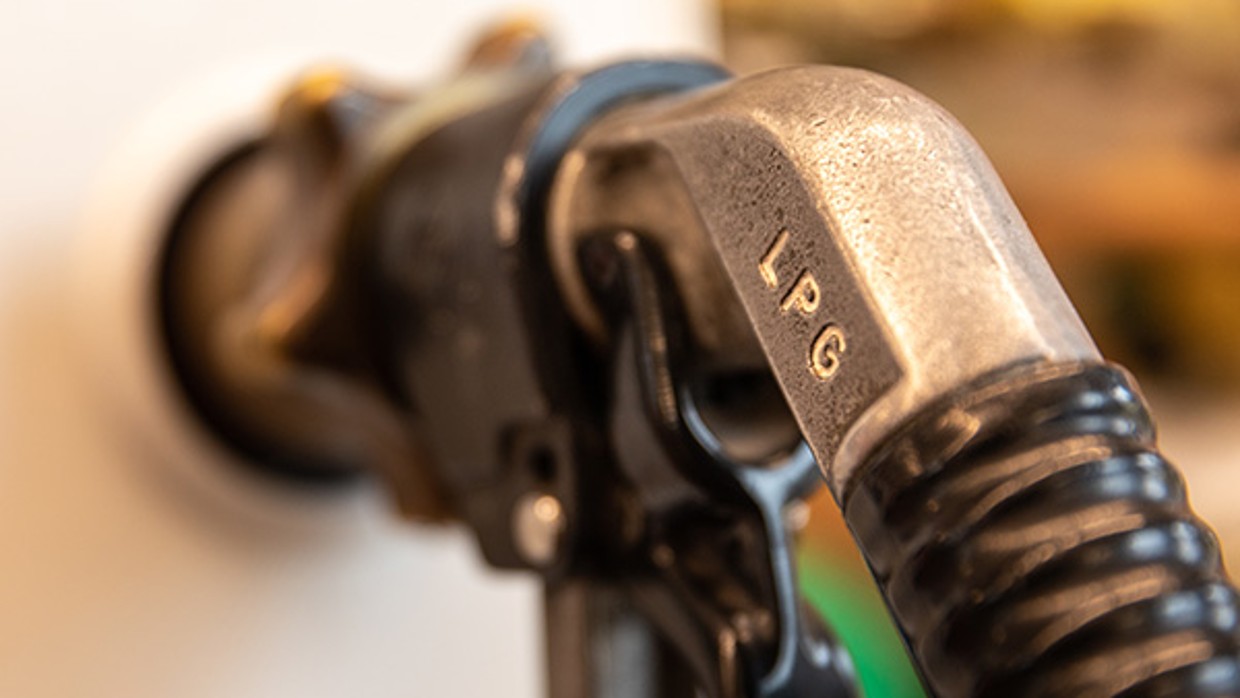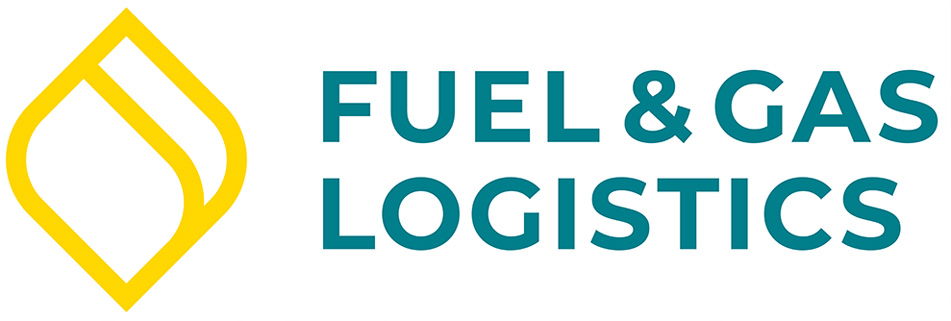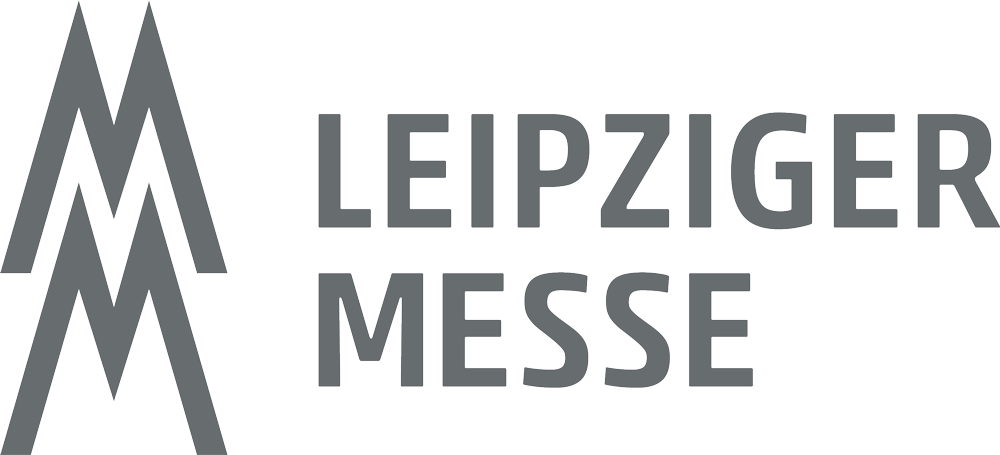News
News
Liquefied Gas – an Alternative with Potential
Liquefied gas transport will be another important topic at the new trade fair Fuel & Gas Logistics as this energy source offers good opportunities for the future, both in the heating market and in mobility applications.
Firstly, we need to clarify that we are talking here about liquefied petroleum gas (LPG), which is not to be confused with liquefied natural gas/methane (LNG) – natural gas that is liquefied at extremely cold temperatures of around -162°C.
LPG consists of propane, butane and blends of these gases and can be used in applications such as heating gas, vehicle fuel and leisure equipment (gas cylinders for camping). Produced during oil and gas extraction and as a refinery gas, LPG liquefies at room temperature and at relatively low pressure.
It is transported to distribution warehouses by rail, truck or inland waterways and is sent from there to consumers, making it a storable energy source that can be provided without relying on pipelines.
In addition, pollution and CO2 emissions from burning LPG are low. The global warming potential of propane and butane is drastically lower than that of methane (natural gas). LNG (methane) has a global warming potential over 20 years that is more than 1,000 times greater than that of LPG (propane). If propane enters the Earth's atmosphere, it only stays there for about two weeks. Methane, on the other hand, remains for almost twelve years, as the German Liquid Gas Association (DVFG) writes in its current annual report.
Renewable alternatives such as biogenic liquefied gas or the prospect of regenerative dimethyl ether (rDME) are significant options for the future. Biogenic liquefied gas is based on renewable raw materials, biogenic residues and waste and causes up to 90 per cent fewer CO2 emissions than traditional liquefied gas. rDME is based on a synthesis gas process. According to the DVFG, "current plants work with crude biogas from the fermentation of manure, for example. Other potential sources include the organic content of household waste, such as food waste, or waste from the wood or paper industry". Products like these can play an important role in the energy transition on the heating market and in the transport sector in order to achieve the climate goals of the Federal Government.
The DVFG estimates that the partial use of regenerative liquefied gas in combination with efficient plant technology could immediately reduce greenhouse gas emissions in overall building stock by around 50 per cent. This magnitude is comparable to completely modernising the building envelopes.
According to the Federal Office for Economic Affairs and Export Control (BAFA), around 3.4 million metric tonnes of liquefied gas were sold in Germany last year. Its secure supply and efficiency have made liquid gas attractive, especially when considering the uncertain supply of natural gas in 2022. According to DVFG estimates, the relatively warm weather led to a modest decline in the consumption of liquefied gas in German building stock. However, demand for liquefied gas as vehicle fuel rose slightly.
Germany has some 180 storage locations with filling stations for tankers or bottle filling. From here, gas cylinder trucks and tankers supply around 650,000 consumers who use liquefied gas for heating, as well as around 6,000 LPG filling stations in Germany and 25,000 gas cylinder distribution points.



